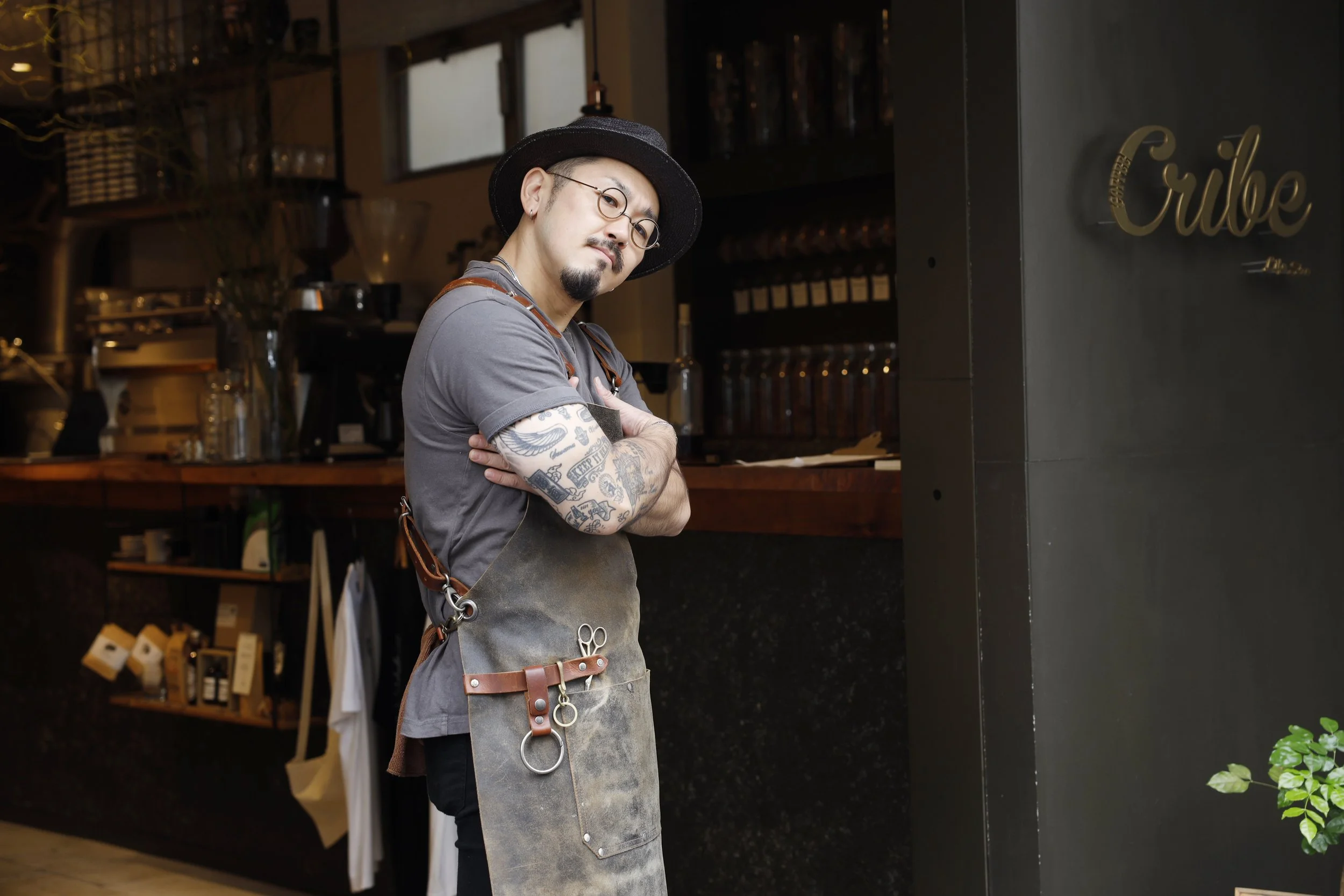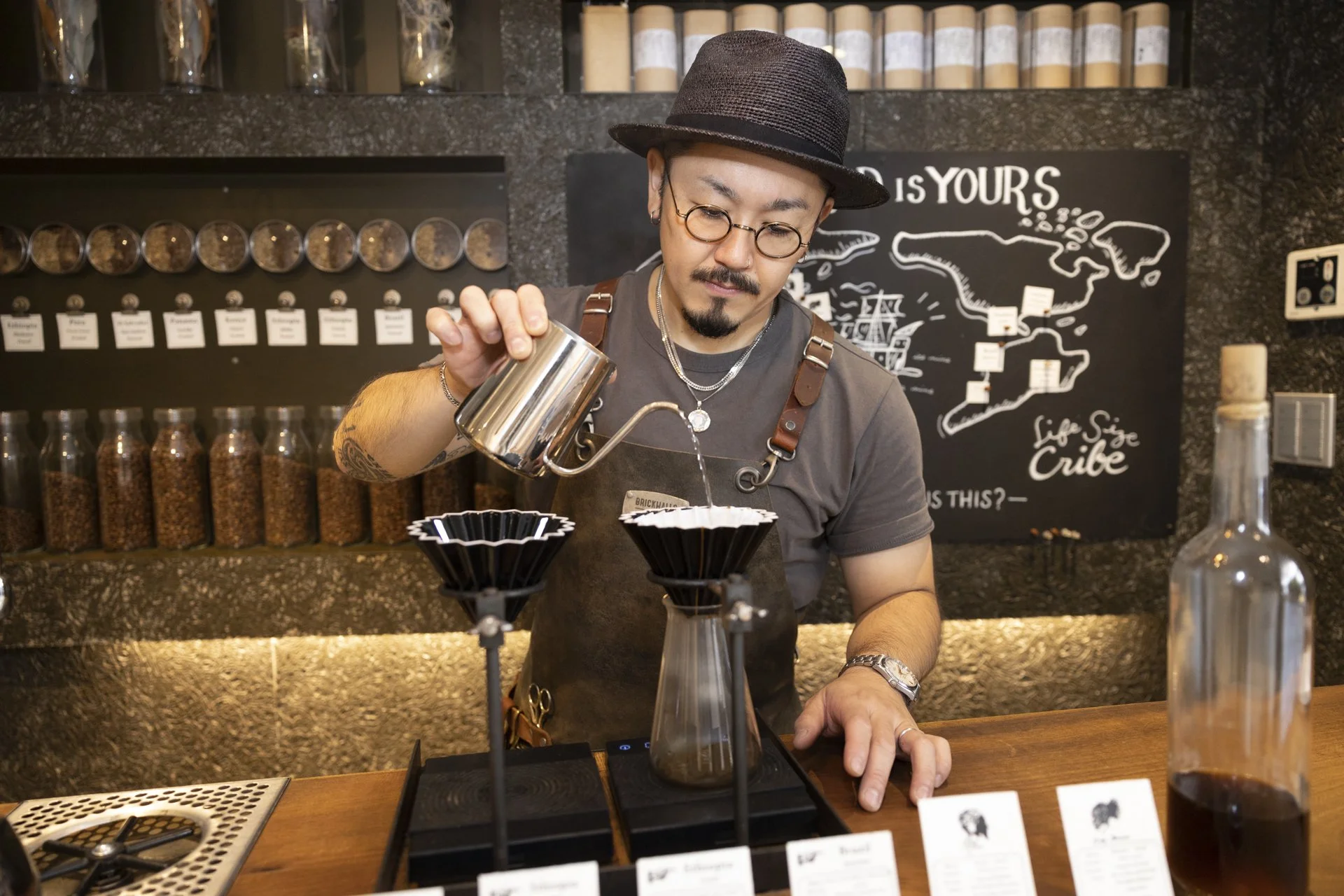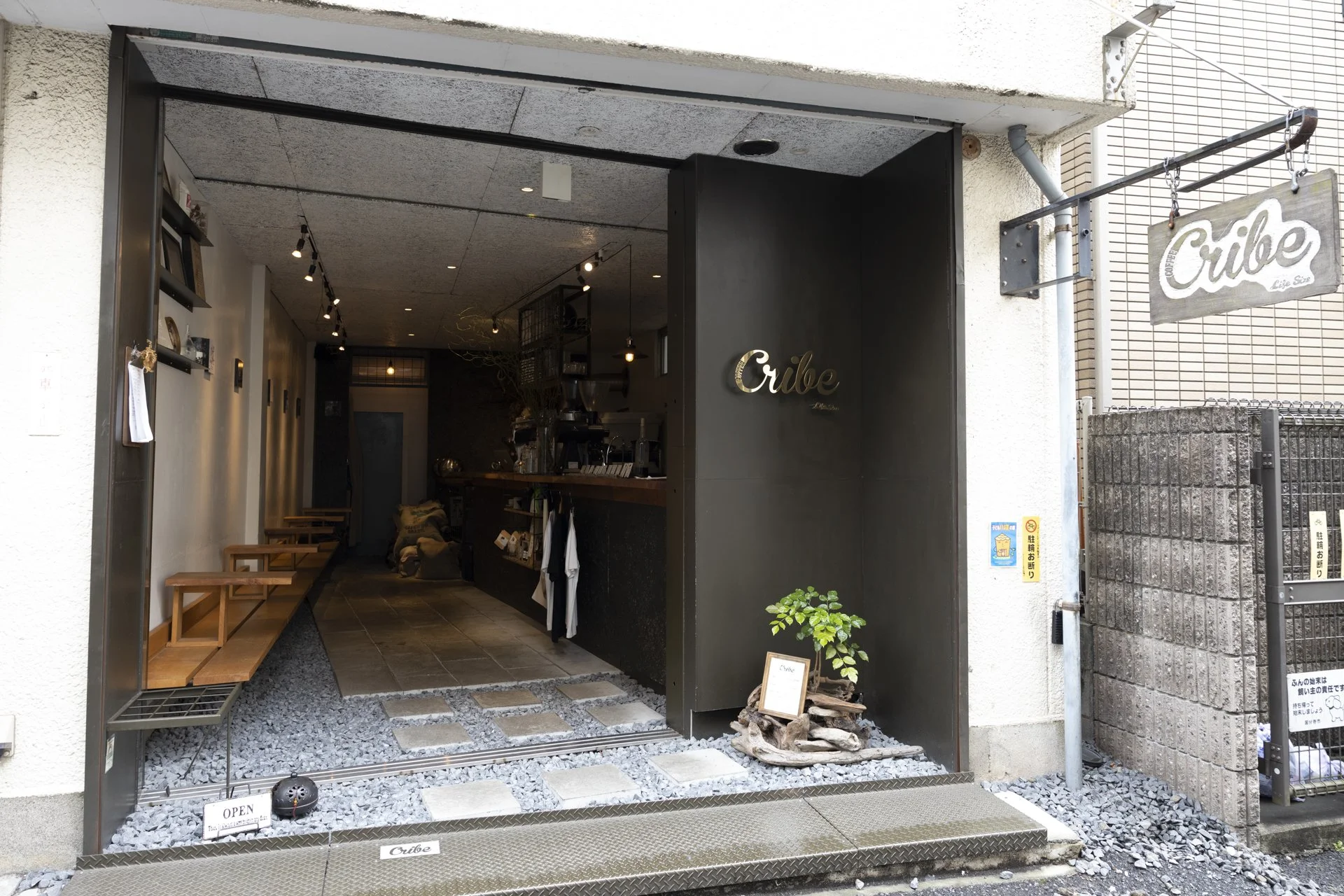
Life Size Cribe
Opened Since: March 1, 2015
Kind: Coffee Stand & Roaster
Area: Kokubunji, Tokyo
Motto: Fall seven times, stand up eight
Text & Photo: Atsuko Tanaka / Edit: B SABURO
Yoshida got into hip hop at an early age through basketball. While in high school he encountered break dance and became a B-boy. Then he formed a crew with his friends and participated in many B-boy battles in Saitama and Tokyo. He thought about pursuing a career in fashion after graduating, but following a friends advice he decided to work at a major coffee chain. Although his reason was mainly to learn business and management, he gradually became fascinated with coffee, and one day while visiting the Paul Bassett cafe he had an espresso that blew his mind. Instantly he was hooked on the taste and started going to the shop every day. Eventually he quit the company he was working for and started working at Paul Bassett to learn how to perfect his skill. In 2015, he opened his own cafe "Life Size Cribe" in Kokubunji, where he frequently spent time in his school days.
-Tell us about the espresso that shocked you.
I’ve always liked coffee since I was a student, but before I liked the situations more than coffee itself, like me smoking and reading a book while drinking coffee. But after graduating from university and getting a job at a coffee chain store, I became interested in coffee. After about two years, I knew about the barista job and started going to various cafes to drink espresso. Then one day I happened to visit Paul Bassett. I thought it was natural to drink espresso with sugar, so when I tried to add sugar as usual the barista said, "If you like it, please drink it straight". When I drank it, I was like, "Wow, what is this, what's going on!?".
-What was the taste like?
It didn't have the bitterness of espresso I had tasted before, it was sweet and fruity, like thick dark chocolate. I became obsessed with it and started going to the cafe every day after work. But I couldn't ask why it tastes like that, so all I could do was stare at it from behind the counter. Even if I buy the same coffee beans and tried to do the same, it didn't taste like theirs, so I started to think about working there. Eventually I quit the company I used to work for and after sending my resume several times I finally got a face-to-face meeting. They hired me when the new store opened the following year in Shibuya.
-How was the experience working there?
First of all, I realized everything was so different from what I knew, from the beans, brewing and even the concept of coffee. I worked so hard to learn. Their system was exhausting and hard. I was very strict, so I think they hated me but I didn’t care much. I had a vision eventually become independent and have my own store.
-That's how you opened your own shop. What is the concept of this cafe?
The name “Life Size” means “real life, life-size”, and “Cribe” is an abbreviation for “Crib to live”, meaning “a secret base, a gathering place, an important place”. People have different lifestyles, and each person's daily life has its own flow and rhythm. Along with the infinite possibilities of coffee, I would like everyone just to be yourself here. I serve top quality coffee in a chill and cozy environment that you can enjoy with all five senses.
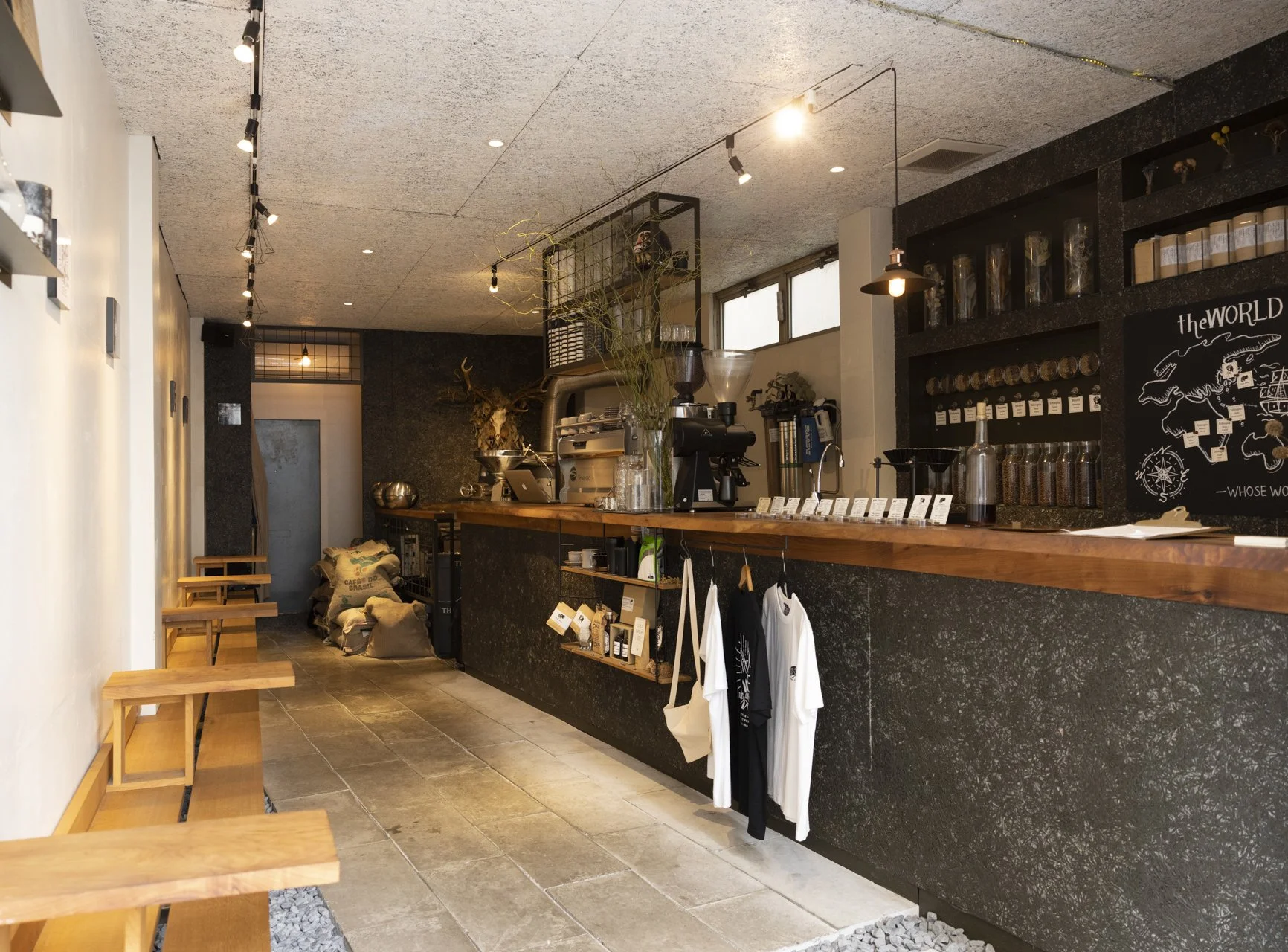
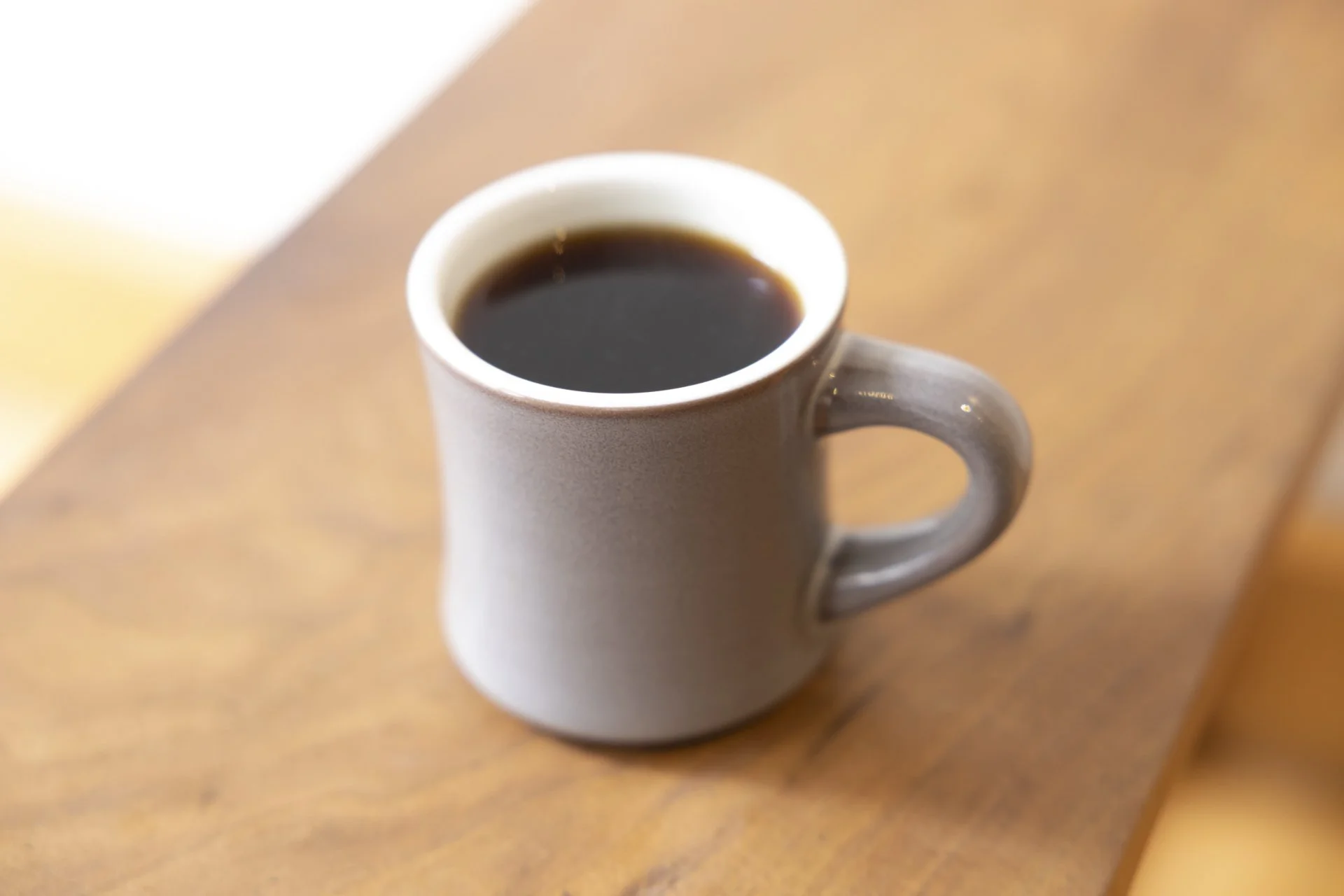
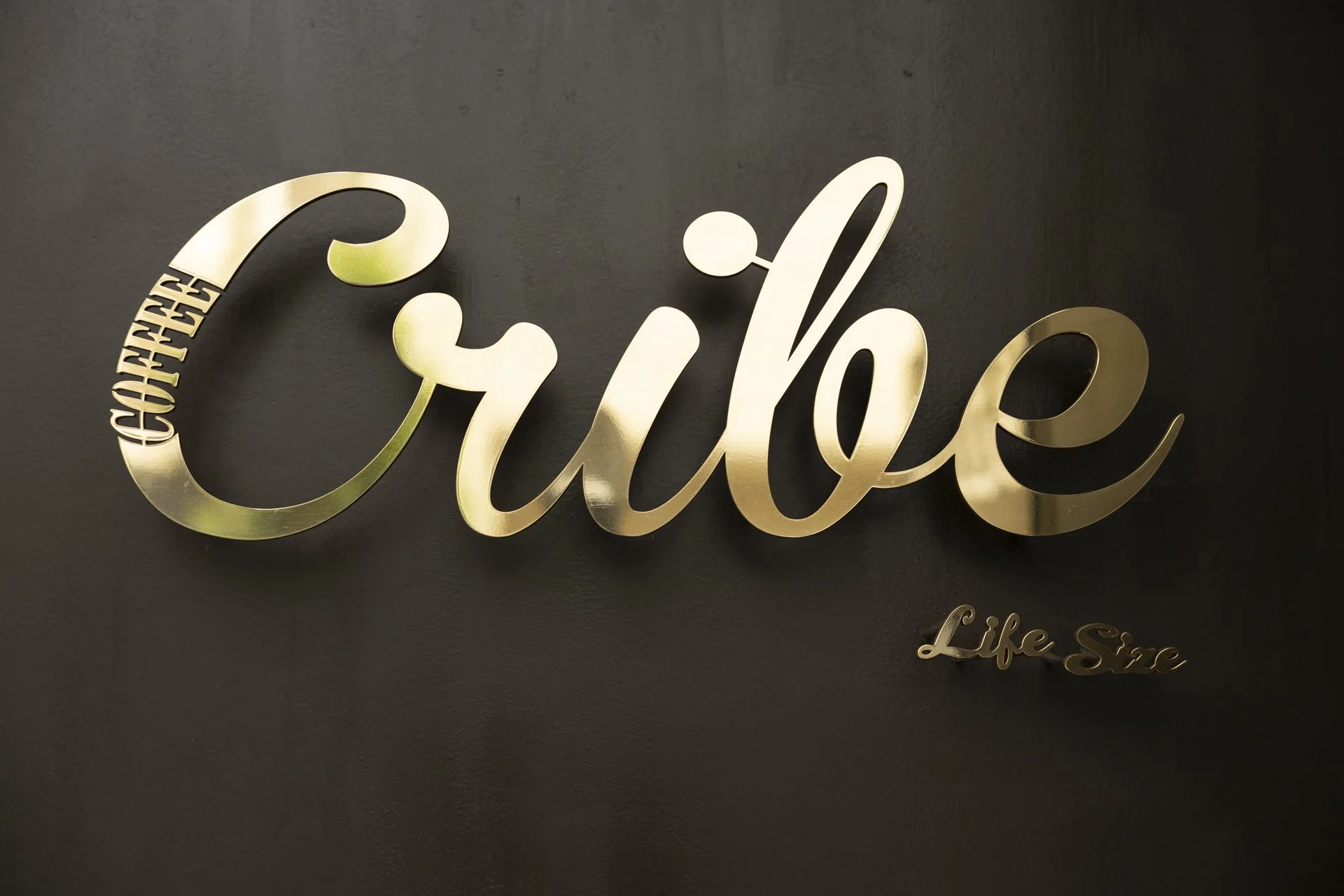
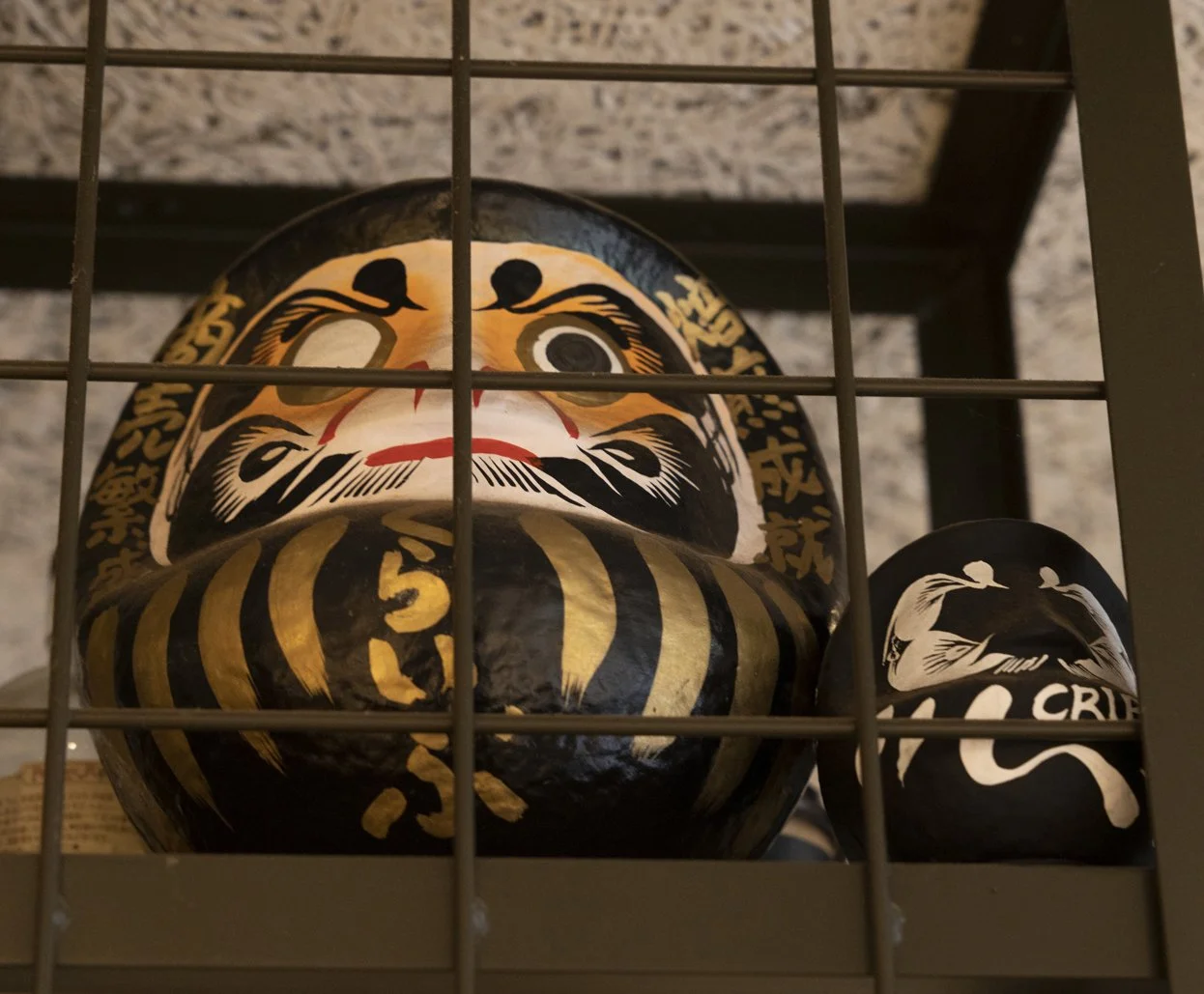
-It's been about 7 years since you opened, did you have any difficulties getting it off the ground?
Before I opened this cafe, it was around the time when foreign coffee shops such as Blue Bottle came to Japan, and it seemed new coffee culture was starting. So I was like, “Something really interesting is about to begin!” and had confidence that my shop was going to do well. In fact, my friends came for the first three months, but didn’t show up at all after that, and the customers who came were not interested in the coffee I want to sell. There was a period of time I struggled, and I kept wondering why nobody is coming and why they don’t understand. After I went through those experiences, I realized I need to work on my communication with customers addition to just making great coffee.
-What exactly did you change?
First, I started to clean the front of the shop in the morning and talk to people who passed by. I would say things like, "Good morning, I recently opened my cafe. It's an interesting shop, so please come". And if they came in, I tried to make it a pleasant experience by talking with them. I fully understood this area is very slow paced, unlike Shibuya and Shinjuku so I worked steadily on everything one by one. After about two to three years, the community gradually grew and various customers started to come.
-That’s great! So tell us about the popular coffees you recommend.
Drip coffee and caffe latte with a gorgeous, fruity and sweet taste that is beyond bitterness and sourness. As for espresso, it has an enriched charm, almost like a drug.
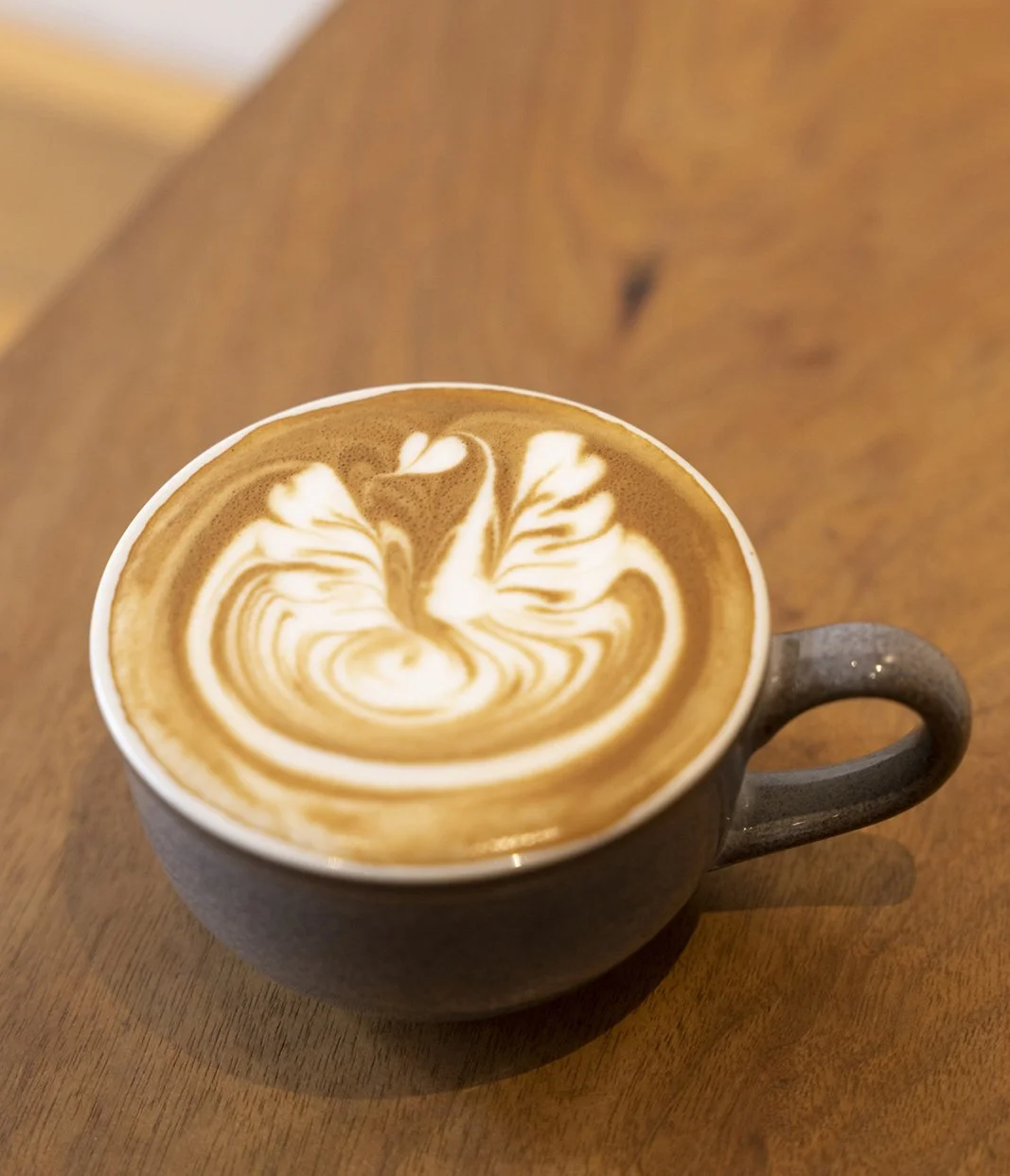
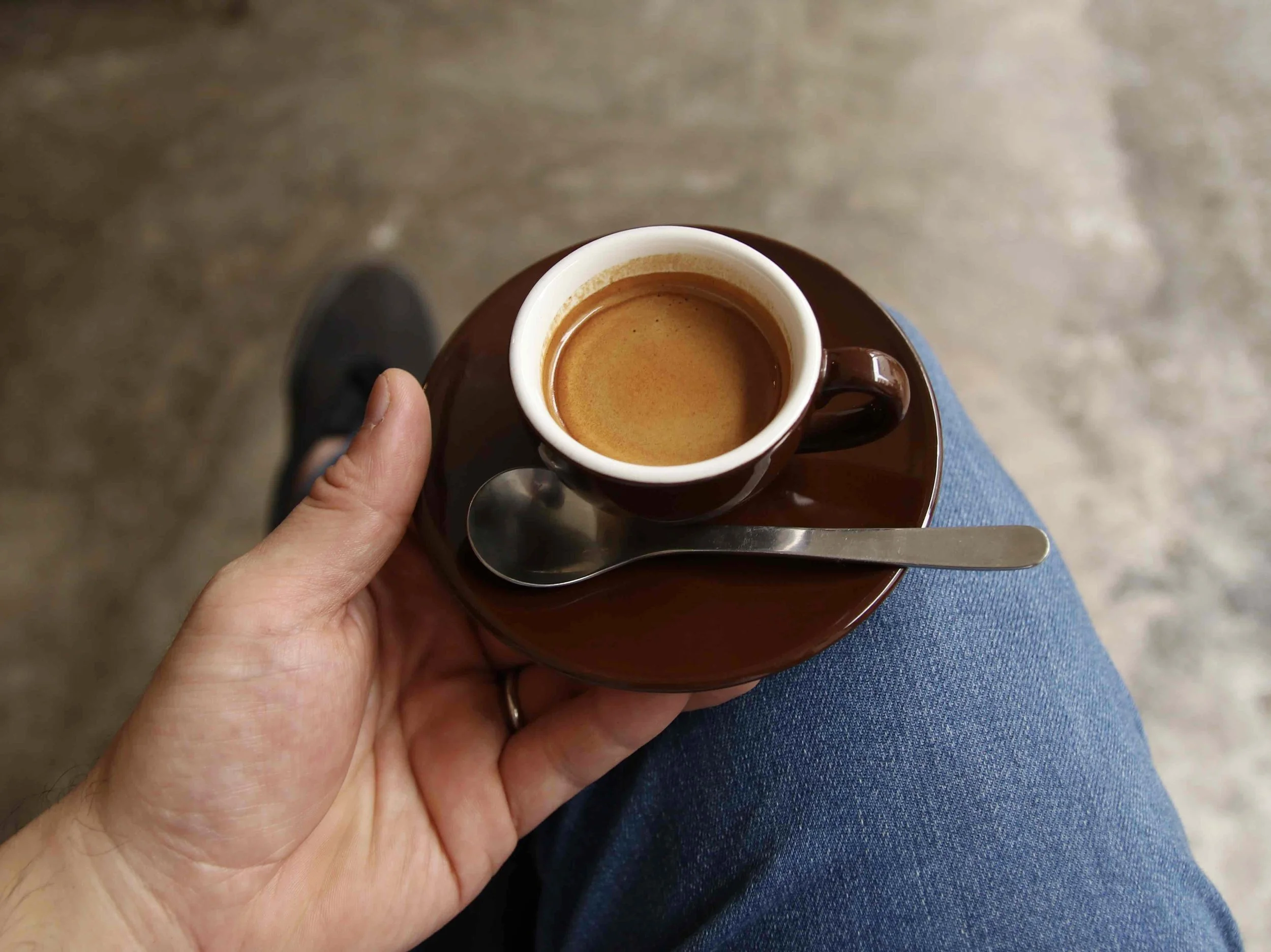
-I'm intrigued. By the way, you won the championship at one of the latte art contest before.
Yes, in 2017, I was number one at a competition called "CRAZY BARISTA" in Japan. I used to be a B-boy before and always used to go to the B-boy battles. I felt there were similarities in the dance battles and latte art competitions.
-What was so similar?
In the B-boy battles, we dance to the music played by the DJs and show off our skills in limited time. There are various types of latte art competitions, but the one I won gave us 3 minutes and we competed on the speed of making latte, the originality of the design, the level of difficulty and the balance and the contrast. I don’t know which coffee beans and machines I was going to use until the battle starts, so when I find out I instantly think, "The competitor would probably come with that, so I'll go with this," and I'll make it while everyone was watching me. At first, I was so nervous and my hands were shaking, but what helped me was that I was used to be in the spotlight attending the dance battles, so it was a lot of fun.
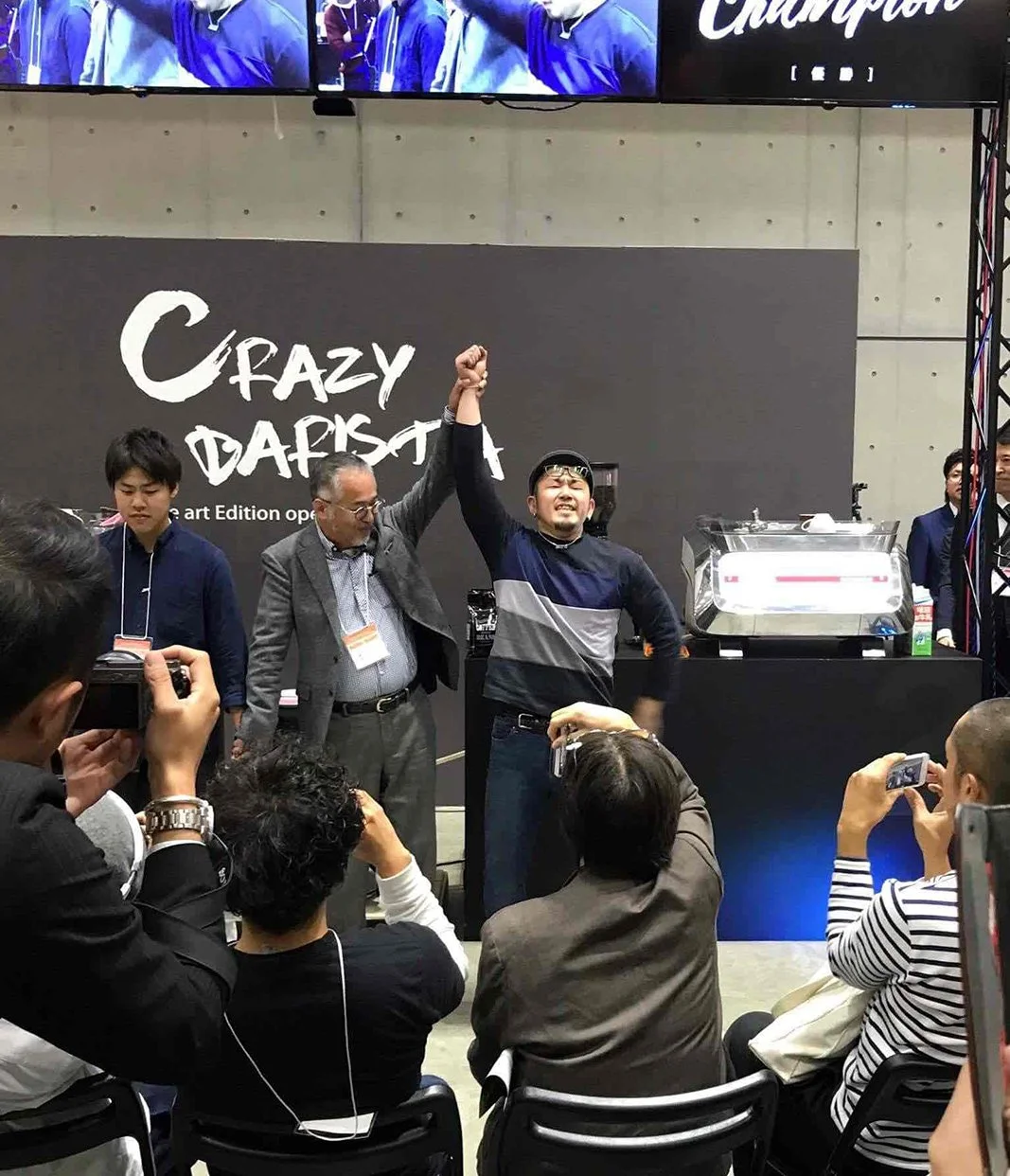
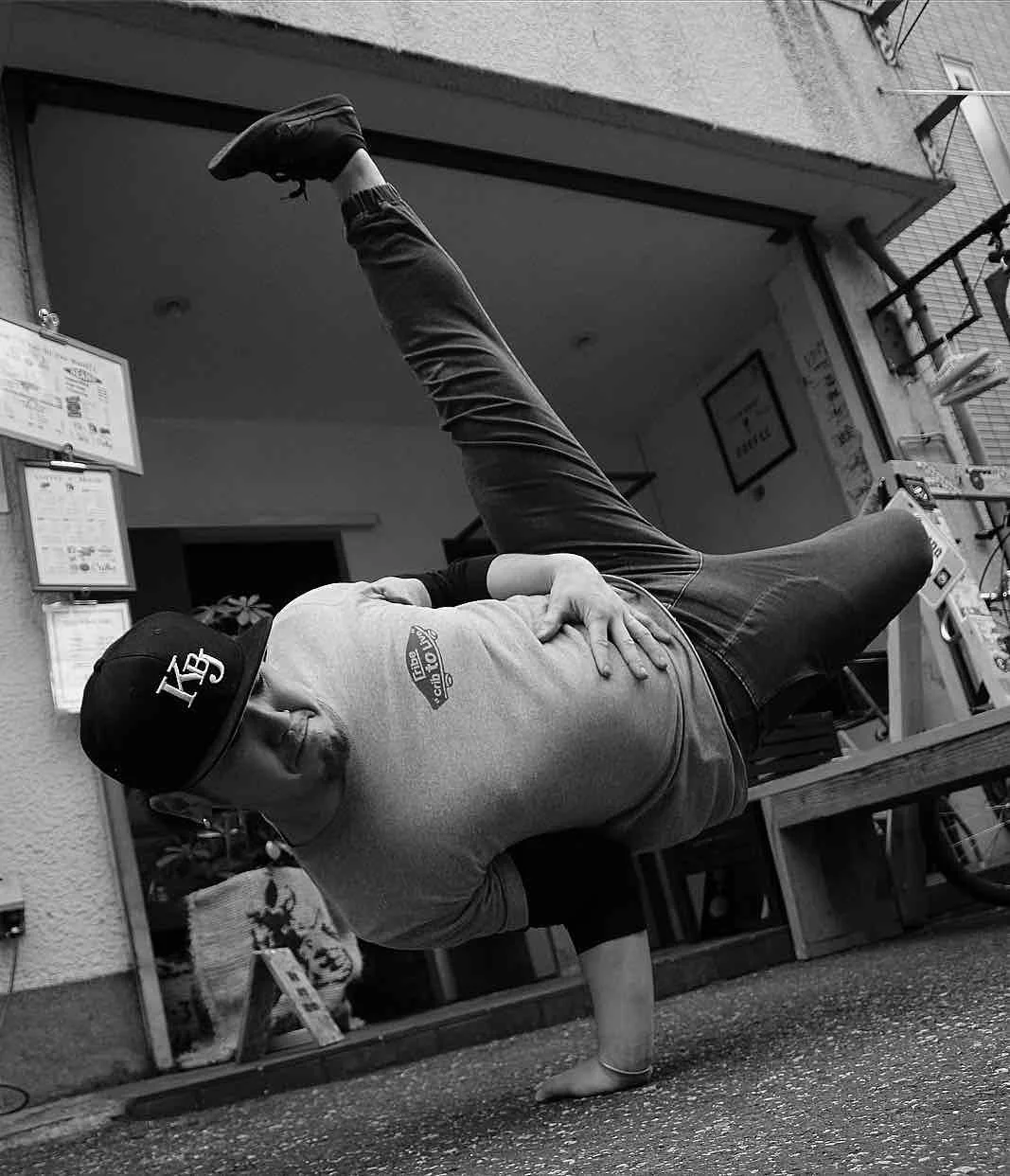
-What advice would you give to people who are about to enter a latte art competition?
Around the time I entered the tournament, there were not much information, so I just did it and learned. There are many role models now and everyone's basic skills are very high. But what really matters is the foundation. It's not like you can do good one time at a tournament, it's an extension of providing good coffee to customers on a daily basis. So work on the consistent quality, not only with the coffee but with your mind as well.
-It's very important to have an original style in hip hop, is it the same with coffee?
That's very important. Making good coffee has so many things involved like beans, machines, water, and also where and how it is brewed. What my own originality is based on is the original blend I make. I can go with light or dark roast. I know both because I've done them all thoroughly.
-How would you describe the taste?
Insanely sensual and sweet. I use Natural from Ethiopia, the medium light roast "Lady Brown" has a strawberry-like taste, and medium dark roast "Green Continent" has a taste of cassis and dried fruits. I thought about how to incorporate the hip hop thug-like attitude and the strength of adrenaline that comes from within, something would make me feel high and I tried to create this in a coffee. The taste is so shocking so I think people who don't know real good coffee will be amazed.
-How would you describe your style in one word?
It's "Coffee Smith". I am a barista, a roaster, and a server with hospitality. Smith is an old English word meaning "artisan" or "master". By including such an old school meaning, I am expressing myself as a coffee craftsman, so I call it “Coffee Smith”.
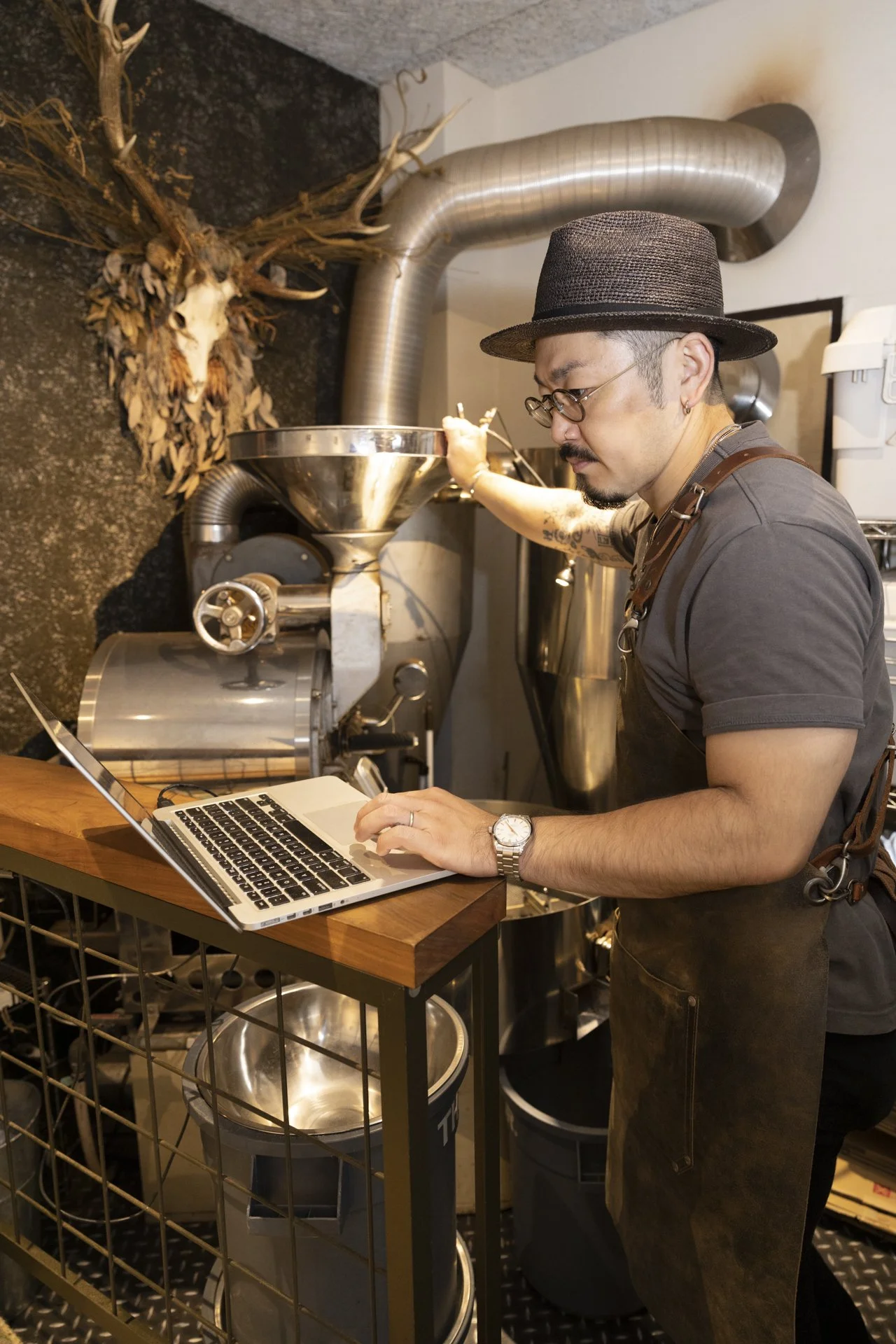

-Tell us the most impressive event happened at this cafe.
There was an old couple who came to visit once every week. The husband was very quiet, so I used to talk with the wife. One day, the wife came by alone and told me that they had to move far away so they could no longer come. That's when I knew that all the things the wife had asked me was actually what the husband wanted to know. He was just too shy to ask. I haven’t seen them since then, so I regret not being more open and talking to him. After that, if there was someone I wanted to meet I would immediately go to them, or if there was someone I wanted to talk to, I would go talk to them. It was an event that allowed me to grow as a person.
-Thank you for the wonderful story. Tell us about this neighborhood.
Kokubunji is an old commuter town on the western side of Tokyo. There are lots of independent shops and many of them are interesting and unique.
-Finally, give a message to the customers who are thinking of visiting your shop for the first time.
I’m a bit strange and unique inside and out, but a good guy lol. I serve coffee that impresses you according to the mood of the day. Please come and chill.
Life Size Cribe
Address: 3-5-5 Honmachi, Kokubunji City, Tokyo
Phone: 042-359-4644
Business hours: 12:00-19:00(L.O18:00) Closed: Sundays
Web: https://lifesizecribe.com/
Instagram: @lifesizecribe
